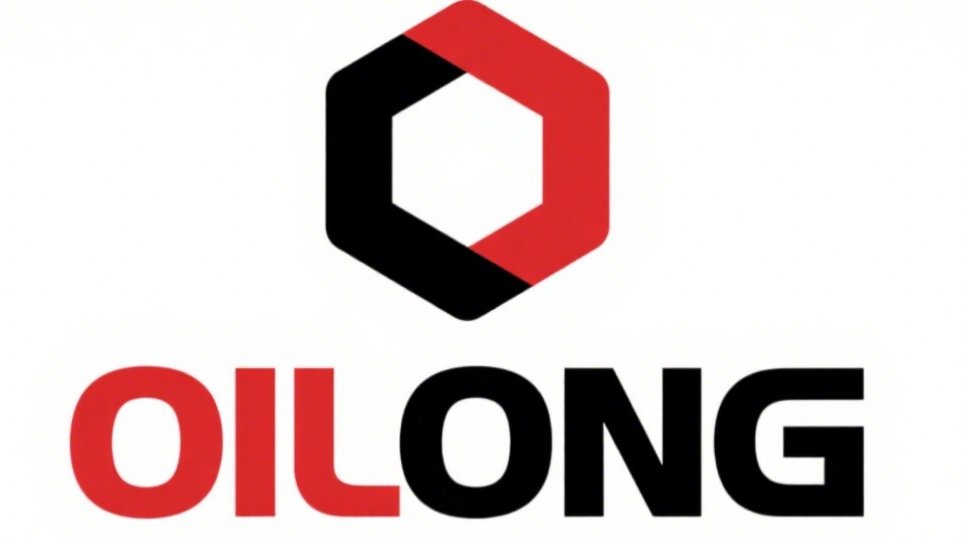🚰 Why Does the Gate Valve Leak?
A leaking gate valve in industrial pipelines isn’t just a minor nuisance—it can disrupt operations, waste resources, increase maintenance costs, and even pose safety risks (e.g., with corrosive or high-pressure media). Understanding the root causes of leaks is key to preventing them and ensuring your valve performs reliably. Below are the most common reasons for gate valve leakage, along with insights to address them.
🔍 Common Causes of Gate Valve Leakage
1. Poor Installation Practices
Many leaks trace back to mistakes during installation—even high-quality valves fail if installed incorrectly.
- Misaligned Flanges or Threads: When flanges aren’t perfectly aligned, uneven pressure on gaskets creates gaps for media to escape. For threaded valves, cross-threading or over-tightening damages seals.
- Incorrect Gaskets/Sealants: Using gaskets not rated for the pipeline’s media (e.g., rubber gaskets with oil) or pressure causes premature degradation. Low-quality sealants may harden or dissolve, losing their sealing ability.
- Skipping Pressure Tests: Failing to test the valve post-installation hides small leaks that worsen over time.
2. Wear and Tear Over Time
Industrial gate valves operate under harsh conditions, leading to gradual deterioration:
- Damaged Sealing Surfaces: The gate (disc) and valve seat form the primary seal. Abrasive media (e.g., slurries with particles) or frequent cycling can scratch these surfaces, creating leak paths.
- Worn Valve Stem Packing: The packing around the stem prevents leaks where the stem enters the valve body. Over time, packing compresses, cracks, or dries out—especially in high-temperature environments.
- Corrosion: Moisture, chemicals, or saltwater (in marine applications) corrode metal components (valve body, stem, or flanges), weakening seals and creating holes.
3. Improper Operation
Human error during use is a frequent culprit:
- Over-Tightening the Handwheel: Forcing the valve closed beyond its “seated” position distorts the gate or seat, breaking the seal.
- Partial Opening/Closing: Leaving the valve partially open for extended periods causes uneven flow, eroding the gate’s edge and seat over time.
- Using the Wrong Valve for the Job: Gate valves are designed for full open/close service (not throttling). Throttling creates turbulent flow that wears seals rapidly.
4. Material Mismatch
Valves must be compatible with the pipeline’s media, pressure, and temperature—mismatches lead to leaks:
- Media Incompatibility: For example, using a cast iron valve with acidic media causes corrosion; a rubber-sealed valve with high-temperature steam melts the seals.
- Pressure/Temperature Exceed Limits: Operating above the valve’s rated pressure (e.g., 150 psi valve in a 300 psi system) or temperature (e.g., plastic components in high-heat applications) deforms seals and gaskets.
5. Lack of Maintenance
Neglecting upkeep accelerates wear and hides emerging issues:
- Infrequent Lubrication: Dry valve stems cause friction that damages packing and increases the risk of leaks.
- Ignoring Minor Leaks: A small drip from the stem or flange often worsens as pressure fluctuations widen gaps.
- Skipping Inspections: Without regular checks, corrosion, loose bolts, or worn gaskets go unnoticed until a major leak occurs.
🛠️ How to Prevent Gate Valve Leakage?
- Choose the Right Valve: Match material (e.g., stainless steel for corrosives), size, and rating to your pipeline’s media and conditions.
- Install Correctly: Align flanges, use proper gaskets, and test pressure post-installation.
- Operate Carefully: Avoid over-tightening, throttling, or partial openings.
- Maintain Regularly: Lubricate stems, replace packing/seals annually, and inspect for corrosion.
📌 Final Thought
Leaking gate valves are often preventable with proper selection, installation, and maintenance. By addressing these root causes, you’ll reduce downtime, cut costs, and ensure safe, efficient pipeline operations.
Need reliable, leak-resistant industrial gate valves? Our quality valves are engineered for durability— Contact us to find the right fit for your system.
